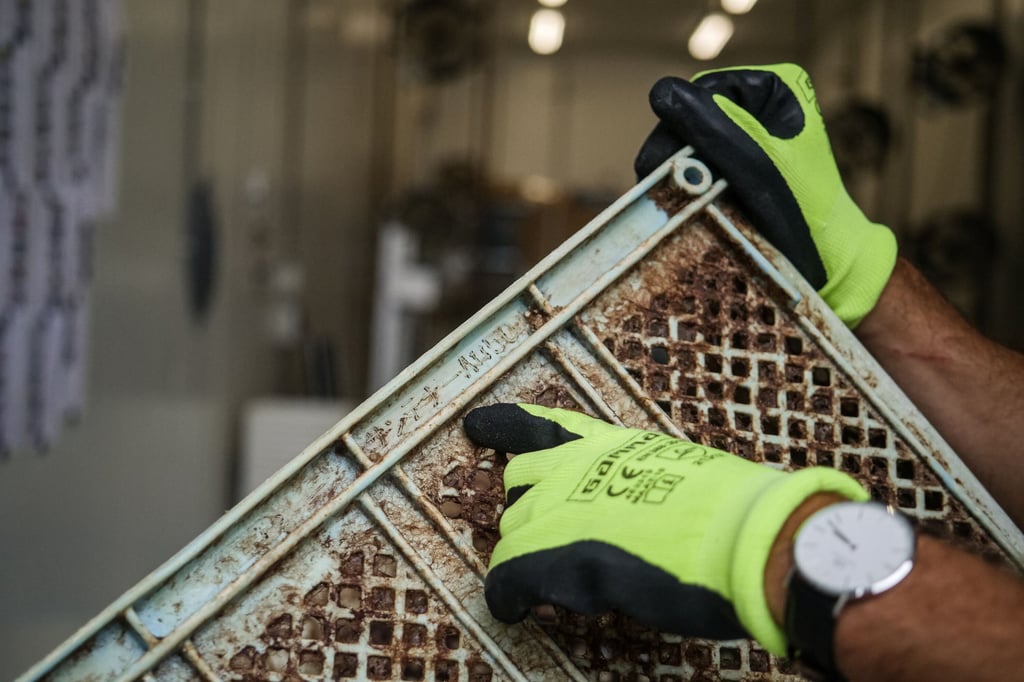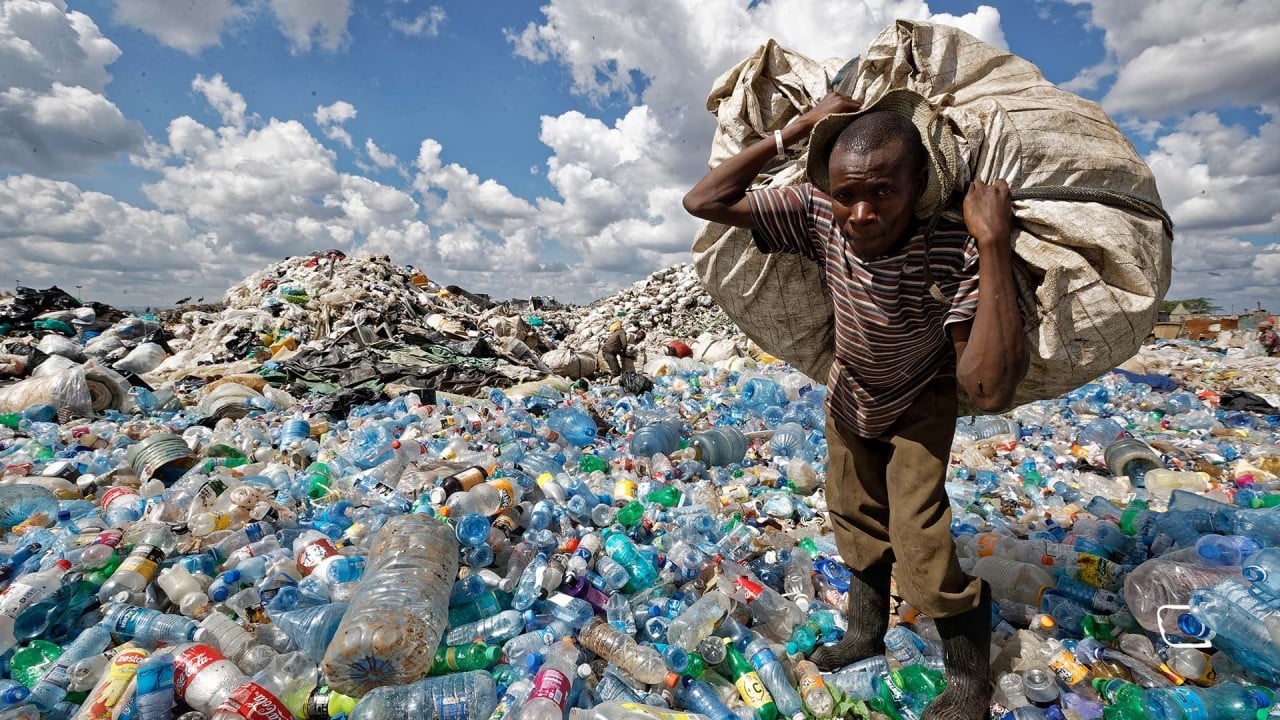Japan and China big sources of plastic in North Pacific Garbage Patch: study
- More than three-quarters of the giant plastic mass found between Hawaii and California comes from the fishing industry, say researchers
- The Ocean Cleanup says it aims to clean up 90 per cent of floating ocean plastic by 2040, an operation that would cost around €1 billion

They found that Japan contributed 34 per cent and mainland China 32 per cent to the formation of the world’s largest build-up of ocean plastic, which could be found between Hawaii and California. They are followed by South Korea, the United States and Taiwan.
“We attribute this observation to inputs from fisheries, with Japan being a major fishing nation, but also to the anthropogenic debris released by the 2011 Tohoku tsunami,” the researchers wrote in an article published in the peer-reviewed journal Scientific Reports early this month.

As for China, the size and high activity of the country’s fishing fleets in the region could account for a greater chance of lost gear accumulating, said Laurent Lebreton, lead author and head of research at The Ocean Cleanup.
The analysis of 570kg (1,256lbs) of debris from the North Pacific Ocean showed that almost half the plastic objects carried production dates before 2000.
